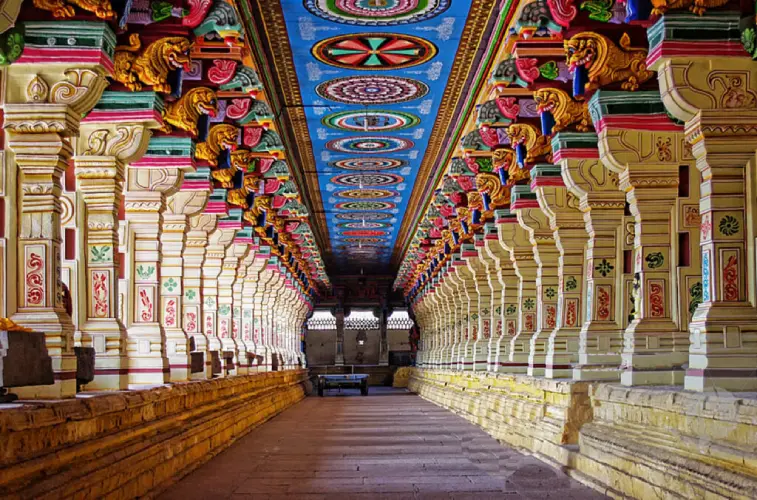Exploring the Rich Tapestry of Cultural Heritage Sites
Introduction
Cultural heritage sites are a testament to the rich tapestry of human history and serve as a window into the past. These sites, ranging from ancient temples and archaeological ruins to historic buildings and natural landscapes, offer valuable insights into the traditions, beliefs, and achievements of our ancestors. Preserving and safeguarding these cultural treasures is crucial not only for their intrinsic value but also for the understanding and appreciation of our collective identity. In this article, we delve into the significance of cultural heritage sites and highlight their role in connecting us to our past.
The Importance of Cultural Heritage
Cultural heritage sites provide a tangible link to our past, allowing us to understand and appreciate the journey of human civilization. They offer insights into the ingenuity, creativity, and cultural diversity that have shaped our world. These sites serve as living testimonies to the achievements, values, and struggles of previous generations, enabling us to learn from their experiences and shape our future. Furthermore, cultural heritage sites often hold immense spiritual, social, and economic significance for local communities, serving as symbols of identity, sources of inspiration, and attractions for tourists.
UNESCO World Heritage Sites
One of the most well-known initiatives for the preservation of cultural heritage sites is the United Nations Educational, Scientific and Cultural Organization (UNESCO) World Heritage List. Established in 1972, this list identifies and safeguards exceptional sites of universal value. These sites are selected based on strict criteria, including their outstanding cultural or natural significance. Currently, there are over 1,100 sites on the World Heritage List, spanning across different countries and continents. Examples of UNESCO World Heritage Sites include the Great Wall of China, the Pyramids of Giza, and the Taj Mahal.
Architectural Marvels and Historic Towns
Architectural marvels and historic towns are cultural heritage sites that offer a glimpse into the architectural, artistic, and societal achievements of past civilizations. From the towering majesty of the Colosseum in Rome to the intricate carvings of the Angkor Wat temple complex in Cambodia, these sites captivate visitors with their grandeur and tell stories of the past. Historic towns, such as Prague in the Czech Republic or San Miguel de Allende in Mexico, transport us to different eras, showcasing unique architectural styles, urban planning, and cultural practices.
Archaeological Sites and Ancient Civilizations
Archaeological sites allow us to unravel the mysteries of ancient civilizations and gain insights into their way of life. The Mayan ruins of Chichen Itza in Mexico, the Acropolis of Athens in Greece, and the Terracotta Army in China are just a few examples of sites that offer a glimpse into the remarkable achievements of past societies. These sites provide valuable information about their cultural, religious, and technological advancements, helping us understand our shared human heritage.
Natural and Cultural Landscapes
Not all cultural heritage sites are man-made. Natural and cultural landscapes, such as national parks and protected areas, also hold immense value. These sites, such as the Serengeti National Park in Tanzania or the Galapagos Islands in Ecuador, showcase the intricate relationship between humans and the environment. They provide insights into traditional ecological knowledge, biodiversity conservation, and sustainable practices that have sustained communities for generations.
Conclusion
Cultural heritage sites are invaluable repositories of human history, offering us a connection to our past and a foundation for our future.
![]()





